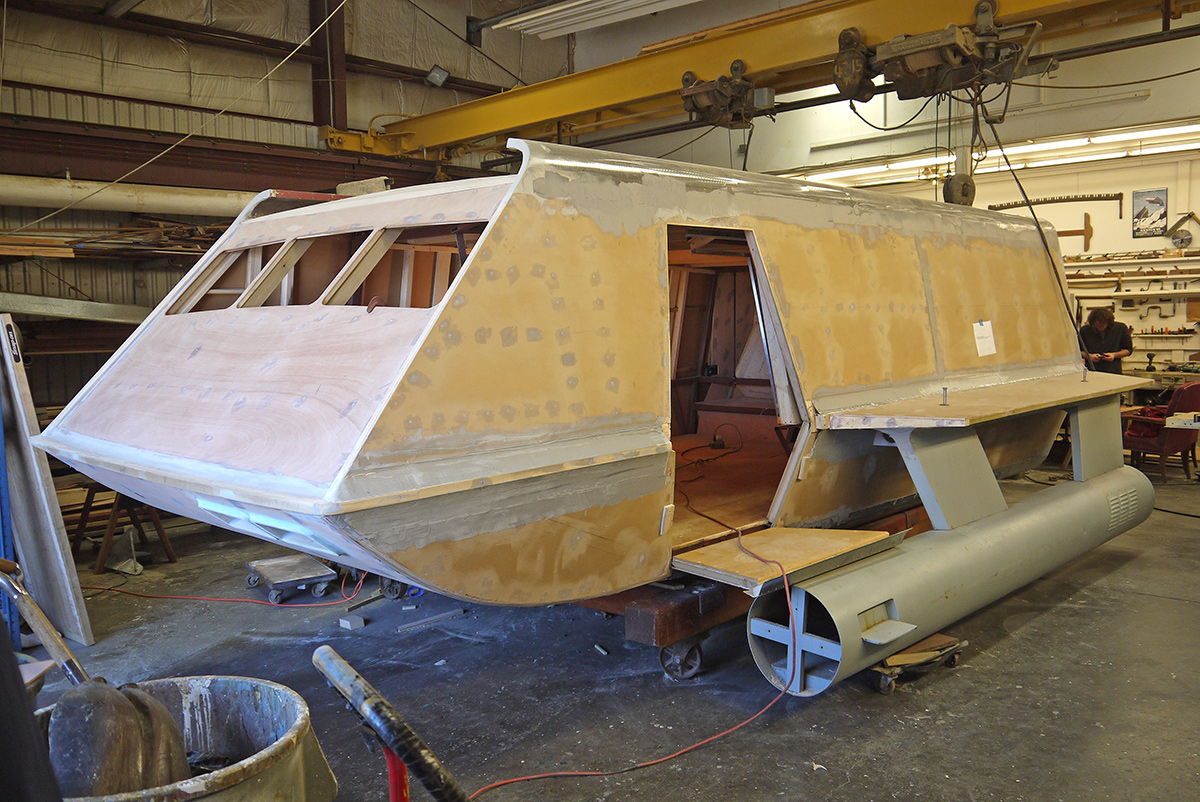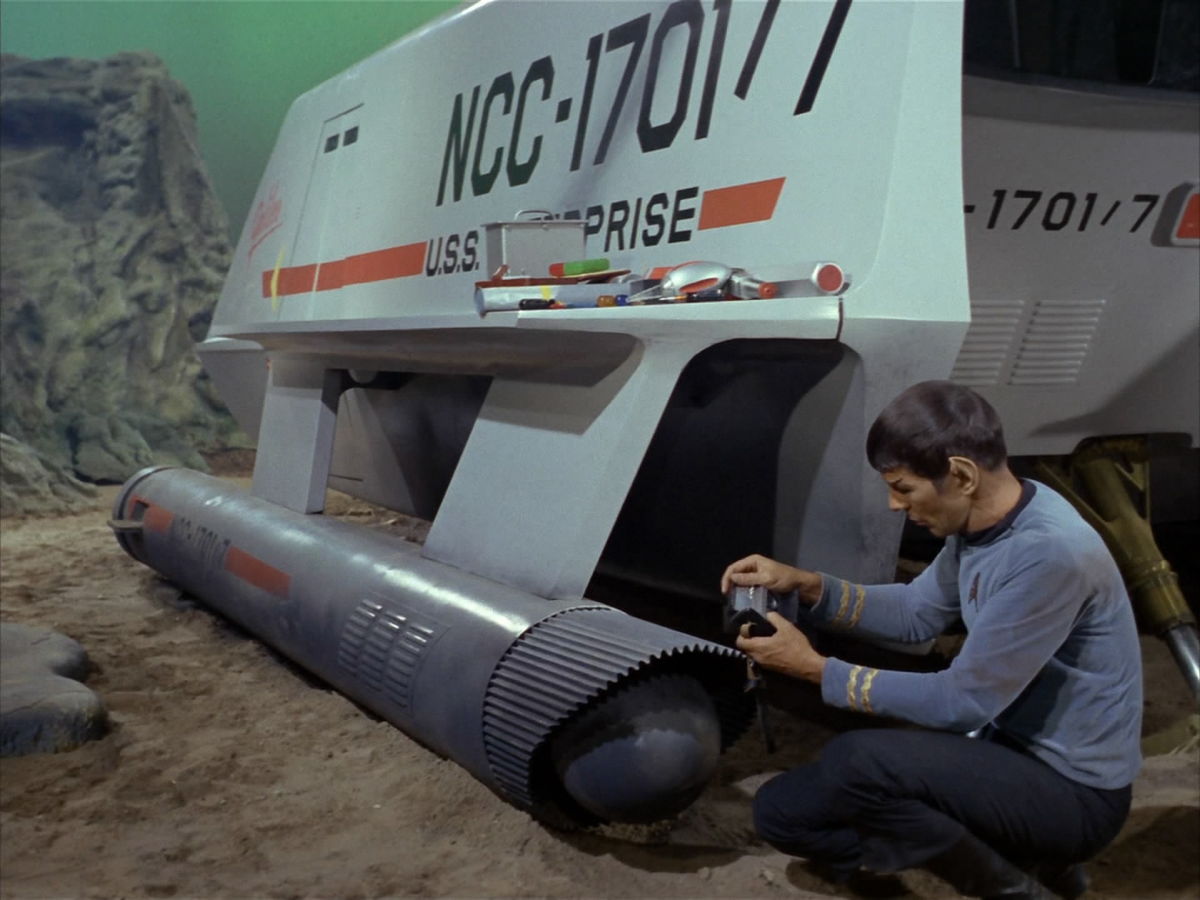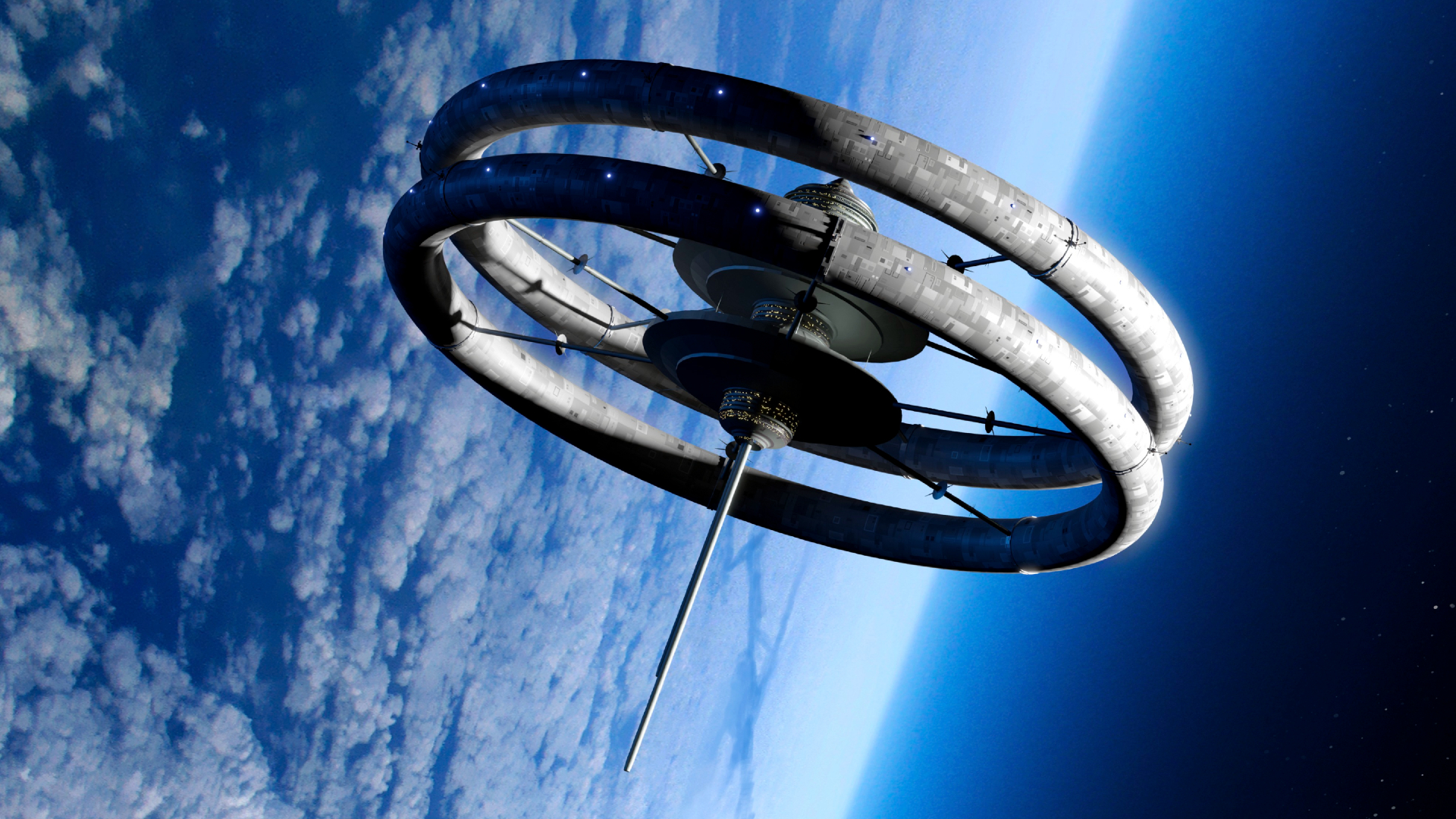'Star Trek' Shuttlecraft Galileo Warps to Houston Museum This Year

NEW YORK — A science fiction relic from "Star Trek" has found its final frontier … in Houston.
The original Shuttlecraft Galileo from the 1960s science fiction TV series is bound for Space Center Houston to be placed on public display near the heart of the American manned-spaceflight program, SPACE.com has learned. The museum is the official visitor center for NASA's Johnson Space Center, the home of NASA's astronaut corps and Mission Control.
"I think a NASA facility is the embodiment of manned space travel," said Adam Schneider, the "Star Trek" superfan responsible for the restoration. "This is the beginning of [Space Center Houston's] entrée into how fictional visions of space travel led to the actual thing occurring." [See Photos of the Galileo Restoration]
Schneider has been planning to donate the Galileo to a place like Space Center Houston since he began the restoration.
Officials from the space center are "honored" to receive the donation, said Space Center Houston spokesman Roger Bornstein.
"It's really an honor to have one of the crafts [from the original 'Star Trek' series] on display and hopefully connect another generation of kids with a career in space, math or science," Bornstein told SPACE.com.
Schneider won the Galileo at an auction in 2012. Since October, he and his wife, Leslie Schneider, have been working to restore the spacecraft responsible for shuttling the crew of the Starship Enterprise to and from the surface of planets.
Breaking space news, the latest updates on rocket launches, skywatching events and more!
"[The spacecraft] was in abysmal condition for a long time, and I'm known as the guy who gets spaceships and restores them," Schneider told SPACE.com. "I kind of felt it was a bit of a public interest to bring it back to life."
Currently, the Galileo is in the final stages of restoration at Master Shipwrights — a boat refurbishment shop in Atlantic Highlands, N.J., Although Schneider has restored spaceship miniatures, he didn't think he had the expertise to do this refurbishment himself, so he enlisted the help of the shop owner, Hans Mikaitis and his team of professionals to restore the Galileo.
For the most part, the restoration has been carried out using plans created by fans on the Internet. Schneider and his Galileo restoration partner Alec Peters have interviewed Trekkies from all over the country to get their input on the refurbishment.
Most of the pieces of the Galileo had to be replaced. The original metal frame is still used in Schneider's final version, but the wood of the ship was rotted out by years of neglect.
Large set pieces like Galileo were not built to be maintained, Schneider said, but he wants to be sure that his restoration lasts.
"Not only is it going to be cosmetically good, but from a structural point of view, from a quality-of-finish point of view, from a quality-of-wood point of view and from an ability to move it safely without damaging it, it has never been in better shape," Schneider said.
Galileo’s presence at Space Center Houston could create a whole new generation of "Star Trek" fans who are only used to seeing computer-generated images and not actual models, Schneider said.
"I'm hoping that it will reinvigorate some of the appreciation for the artistry of the original show," Schneider added.
Follow Miriam Kramer on Twitter and Google+. Follow us on Twitter, Facebook and Google+. Original article on SPACE.com.

Miriam Kramer joined Space.com as a Staff Writer in December 2012. Since then, she has floated in weightlessness on a zero-gravity flight, felt the pull of 4-Gs in a trainer aircraft and watched rockets soar into space from Florida and Virginia. She also served as Space.com's lead space entertainment reporter, and enjoys all aspects of space news, astronomy and commercial spaceflight. Miriam has also presented space stories during live interviews with Fox News and other TV and radio outlets. She originally hails from Knoxville, Tennessee where she and her family would take trips to dark spots on the outskirts of town to watch meteor showers every year. She loves to travel and one day hopes to see the northern lights in person. Miriam is currently a space reporter with Axios, writing the Axios Space newsletter. You can follow Miriam on Twitter.

